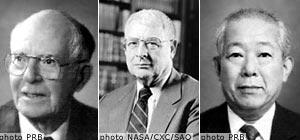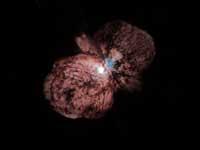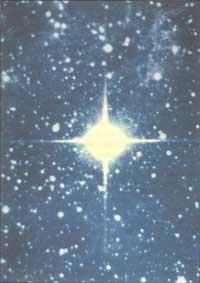Nobel Prize in Physics for Neutron and X-ray Research
2002/10/08 Kortabarria Olabarria, Beñardo - Elhuyar Zientzia
Davis and Masatoshi compensate with the Nobel Prize the work done in the detection of cosmic neutrinos and Giacconi the discovery of cosmic sources of X-rays. "These researchers, as noted by the representatives of the Nobel Academy in awarding the prize, have analyzed the small elements of the universe so that we better understand other great ones: the best knowledge of the Sun, stars, galaxies and supernovae. Thanks to this, today we have a new vision of the universe."

In 1930, Wolfgang Pauli, Nobel Prize winner of 1945, announced the presence of neutrinos in the universe. 25 years later, Frederick Reines, Nobel Prize in 1995, showed that they were neutrinos. Spending so much time from prediction to discovery is no wonder, as neutrinos hardly interact with matter. Raymond Davis has built a neutrino detector and has worked for 30 years to detect neutrinos emitted by the Sun. The Japanese Masatoshi Koshiba, with another detection tool, has checked the results of Davis and has been able to detect neutrinos produced in the explosion of a supernova. As a result of the work of these two researchers, in addition to surprising discoveries, a new line of research has been opened: neutron astronomy.

The sun and the rest of the stars emit electromagnetic radiation of different wavelengths, including X-rays. Special tools are needed to investigate the cosmic X-ray sources that absorb the Earth's atmosphere. The American Ricardo Giacconi has developed tools for this work. As a result, it has been the discoverer of the first source of X-rays outside the solar system and has shown that the universe has background X-ray light. The first X-ray based telescope is also the result of Giacconi.

Gai honi buruzko eduki gehiago
Elhuyarrek garatutako teknologia






